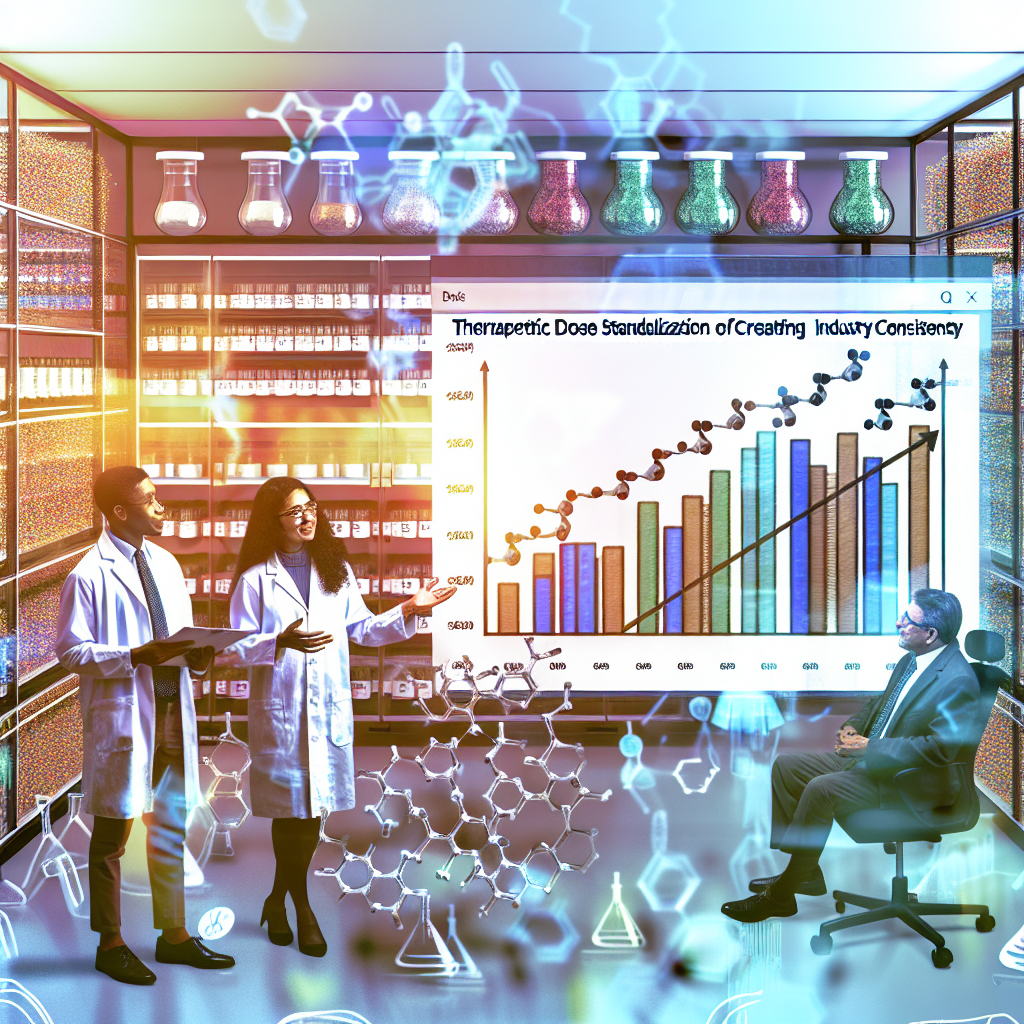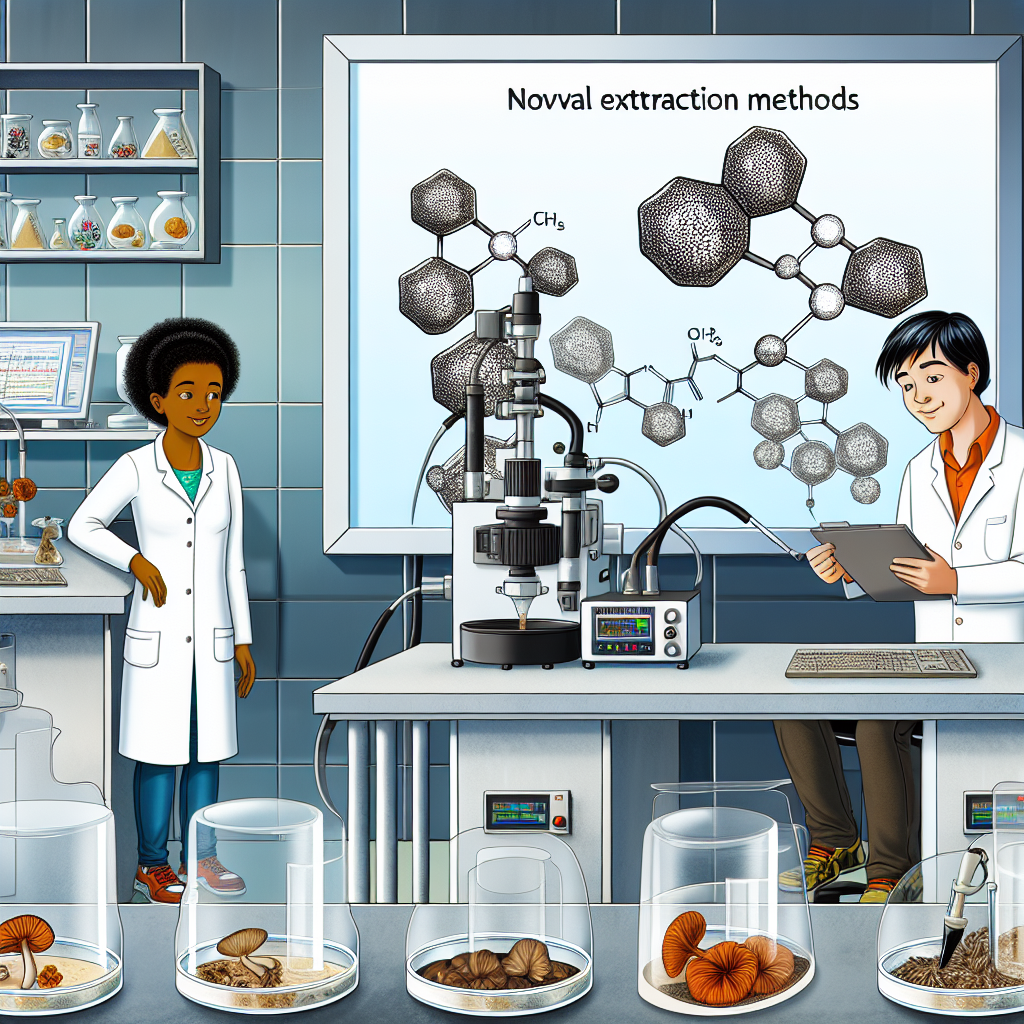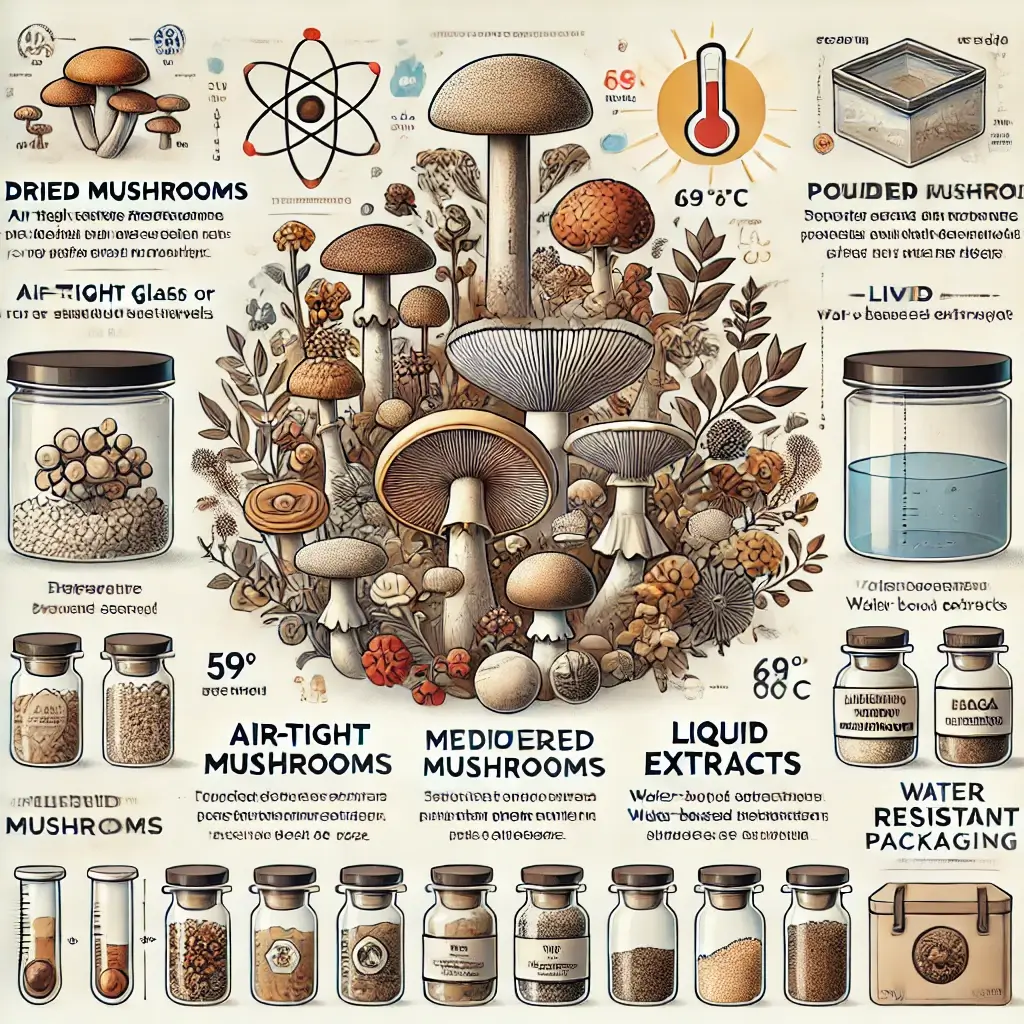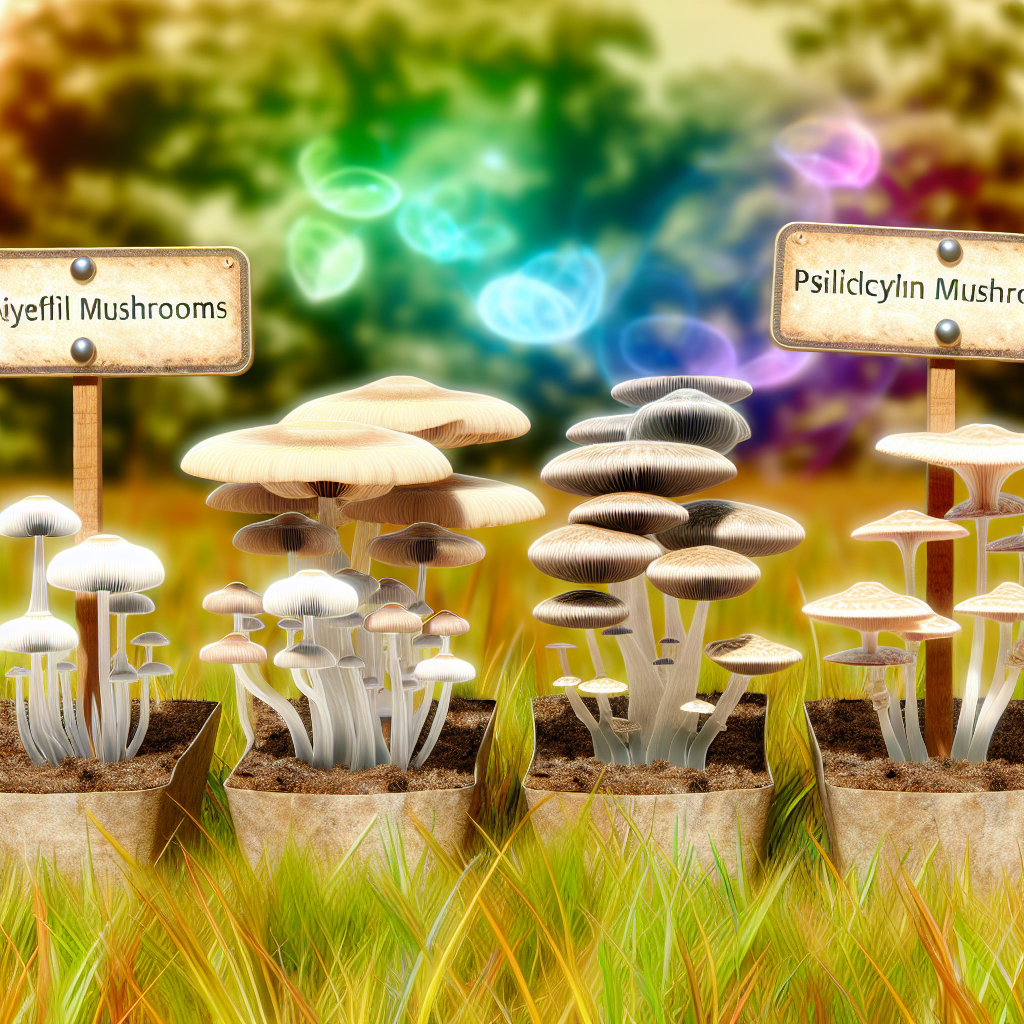Therapeutic Dose Standardization Efforts: Creating Industry Consistency
Psilocybin’s Mainstream Momentum: Why Standardized Doses Matter Now
As interest in psychedelic therapies—particularly psilocybin-containing mushrooms—gains momentum in both clinical and consumer health spaces, the urgency for therapeutic dose standardization is rapidly increasing. For decades, the use of psilocybin mushrooms (commonly referred to as “magic mushrooms”) has occurred in the shadows of legality, largely unregulated, and reliant on anecdotal experiences or traditional medicinal practices.
However, now that psilocybin is making its way through clinical trials and receiving increased legislative consideration for decriminalization and medical use, consistent dosing protocols are critical to both safety and efficacy.
The wide variability in psilocybin potency among different mushroom species—and even between individual specimens of the same species—presents a significant challenge. A dose that results in mild therapeutic effects in one person may cause overwhelming psychological responses in another, simply due to potency differences. Factors such as growing conditions, drying methods, storage, and biochemical composition influence levels of active compounds like psilocybin, psilocin, baeocystin, and norbaeocystin. This inconsistency hinders research, complicates physician-guided treatment, and erodes consumer confidence.
Standardization efforts are now focusing on developing replicable, measurable dosing systems, akin to those in traditional pharmaceuticals. These aim to guide safe use and set benchmarks for clinical trials, legislative policy, and therapeutic development. The industry is moving away from vague terminology like “a cap and a stem” and adopting milligram-specific capsule formulations, measured extracts, and validated testing methodologies.
From Fringe to Pharma: Science Driving Psilocybin Dosing Standards
Several scientific institutions and biotech companies are actively engaged in the pursuit of therapeutic dose standardization for psilocybin. A groundbreaking study published in JAMA Psychiatry ([Davis et al., 2021](https://jamanetwork.com/journals/jamapsychiatry/fullarticle/2772630)) demonstrated the efficacy of a standardized synthetic psilocybin dose (25 mg) for treating major depressive disorder. Without standardized dosing, such peer-reviewed research would not be feasible.
In response to inconsistencies in natural psilocybin sources, researchers have increasingly turned to alternative formulations like psilocybin extract capsules. These can be measured to the milligram and verified for purity and potency. Companies such as [Compass Pathways](https://compasspathways.com/our-research/) and [Usona Institute](https://www.usonainstitute.org/research/) are developing synthetic psilocybin products that comply with Good Manufacturing Practice (GMP) standards—controlling bioavailability, onset time, and ensuring safe, predictable treatment results.
Nature Meets Precision: Engineering Consistency in Cultivated Mushrooms
Beyond synthetic formulations, natural cultivation is also under scrutiny. Researchers from Health Canada and academic institutions in the Netherlands and Brazil are developing protocols for consistent psilocybin levels through environmental controls and post-harvest standardization.
A notable study published in Frontiers in Pharmacology ([Lenz et al., 2017](https://www.frontiersin.org/articles/10.3389/fphar.2017.00983/full)) analyzed psilocybin content in multiple strains of Psilocybe cubensis cultivated under controlled conditions. The findings emphasized the importance of strain selection and cultivation methods in producing consistent therapeutic mushrooms.
High-Tech Testing: Unlocking the Mushroom’s Full Alkaloid Profile
Advanced analytical tools like high-performance liquid chromatography (HPLC) and mass spectrometry are now standard in quantifying not just psilocybin and psilocin, but a wider array of bioactive alkaloids. These comprehensive profiles help clinicians and researchers better understand therapeutic effects beyond just the primary psychoactive components.
Organizations like the [Psychedelic Science Funders Collaborative (PSFC)](https://www.psychedelicsciencefunders.org) are working to establish protocols for compound consistency similar to blood drug level monitoring standards in conventional medicine.
Tailored Dosing: The Rise of Personalized Psychedelic Therapy
“Personalized psilocybin treatments” are a promising frontier. Companies like MindMed and Field Trip Health are exploring how genetic markers, metabolism patterns, and psychological baselines can inform individualized dosage ranges. Such precision is only possible with standardized input—another reason accurate testing and dose regulation is so critical.
Building the Future: Regulatory Agencies Step Up to Standardization
The U.S. Pharmacopeia (USP), via its [Emerging Compounds Program](https://www.usp.org/news/emerging-compounds-psychedelics), is prioritizing the formulation of potency and quality standards for psychedelic substances. These regulatory advances represent a major leap forward for integrating psilocybin into mainstream therapeutic frameworks.
Conclusion: Standardized Doses, Safer Therapies, Stronger Trust
Therapeutic dose standardization is not only crucial for the clinical reliability of psilocybin therapies, but for ensuring the safety of millions seeking alternative treatments for mental health conditions. As psilocybin-based therapies move closer to widespread adoption, consistent dosing methods will be the key that makes the promise of plant-based psychiatry a practical medical reality. With ongoing support from scientists, regulators, and industry leaders, psilocybin’s future grows not just brighter—but increasingly precise.
**Summary:**
The article discusses the growing need for therapeutic dose standardization in the emerging field of psilocybin-based therapies. As interest in psychedelic medicine increases, consistent and reliable dosing protocols are critical for ensuring safety, efficacy, and public trust. The article explores the efforts of scientific institutions, biotech companies, and regulatory agencies to develop standardized psilocybin formulations, cultivation methods, and testing protocols to address the inherent variability in natural mushroom sources. Ultimately, these standardization efforts are paving the way for the integration of psilocybin into mainstream medical treatments, with the potential to provide safer and more effective therapies for mental health conditions.
**References:**
– [Davis et al., 2021. JAMA Psychiatry.](https://jamanetwork.com/journals/jamapsychiatry/fullarticle/2772630)
– [Lenz et al., 2017. Frontiers in Pharmacology.](https://www.frontiersin.org/articles/10.3389/fphar.2017.00983/full)
– [Usona Institute. Clinical Research on Psilocybin for Depression.](https://www.usonainstitute.org/research/)
– [Compass Pathways. Psilocybin Therapy Development Pipeline.](https://compasspathways.com/our-research/)
– [Psychedelic Science Funders Collaborative. Building the Road to FDA Approval.](https://www.psychedelicsciencefunders.org)
– [U.S. Pharmacopeia (USP). Emerging Compounds Program: Psychedelics.](https://www.usp.org/news/emerging-compounds-psychedelics)

Dominic E. is a passionate filmmaker navigating the exciting intersection of art and science. By day, he delves into the complexities of the human body as a full-time medical writer, meticulously translating intricate medical concepts into accessible and engaging narratives. By night, he explores the boundless realm of cinematic storytelling, crafting narratives that evoke emotion and challenge perspectives. Film Student and Full-time Medical Writer for ContentVendor.com




